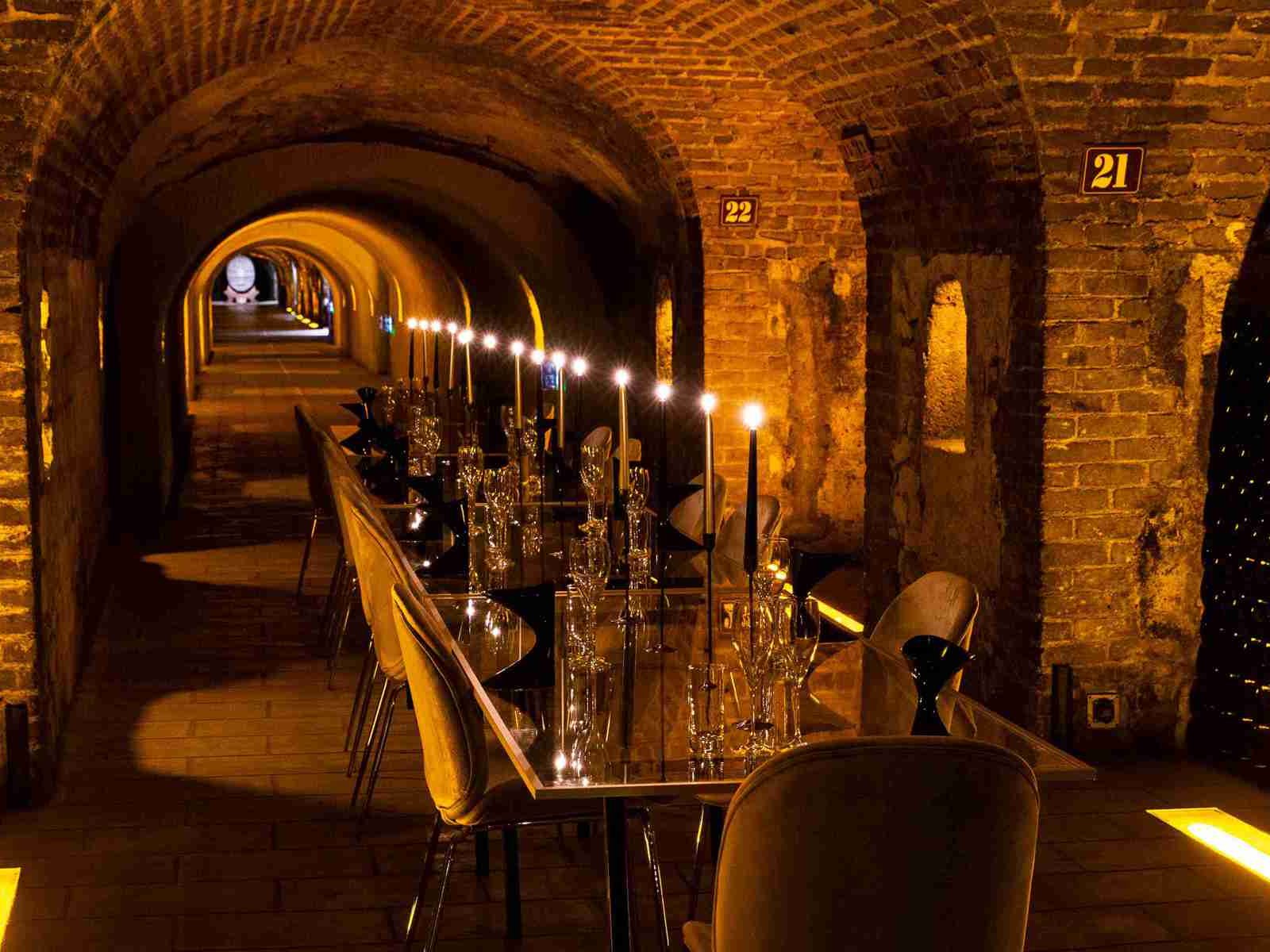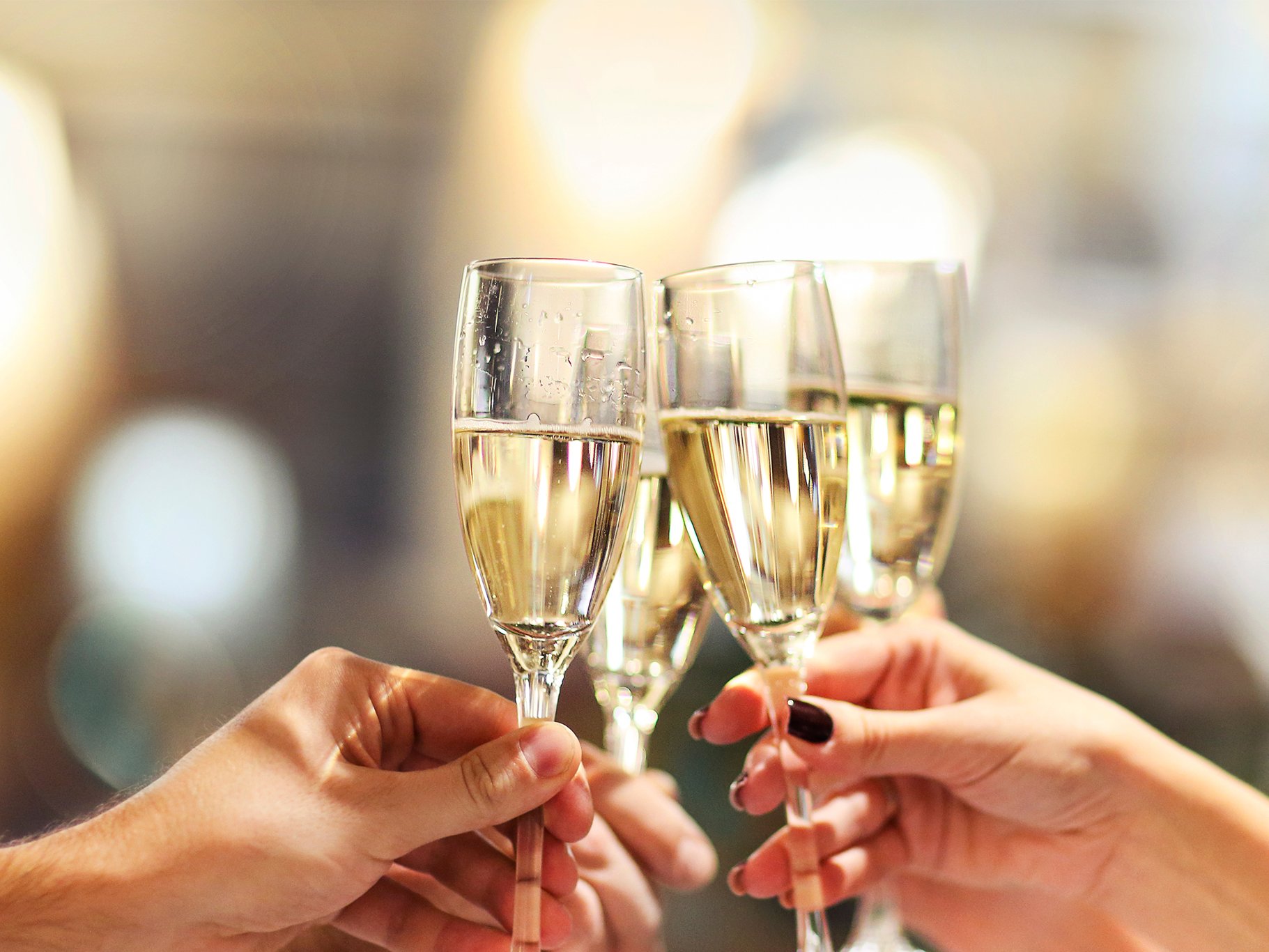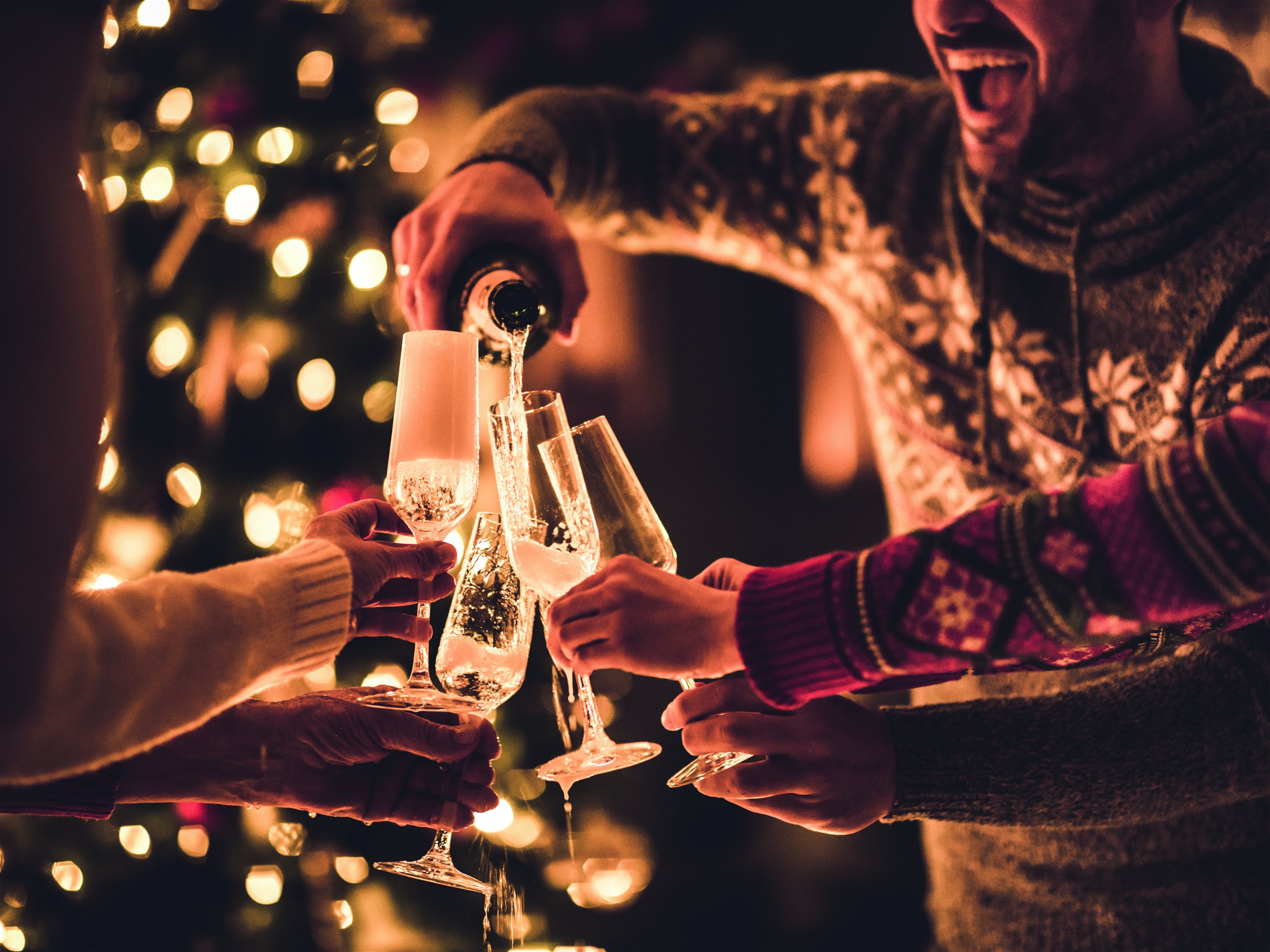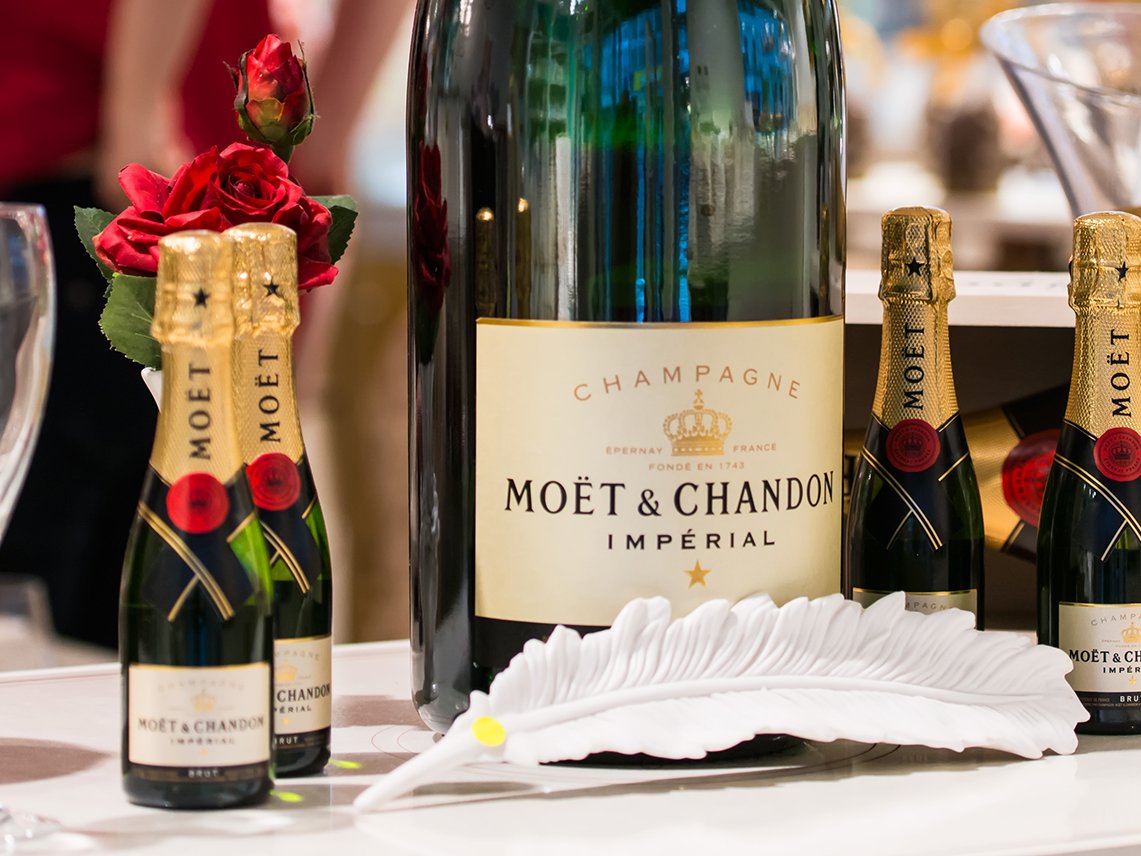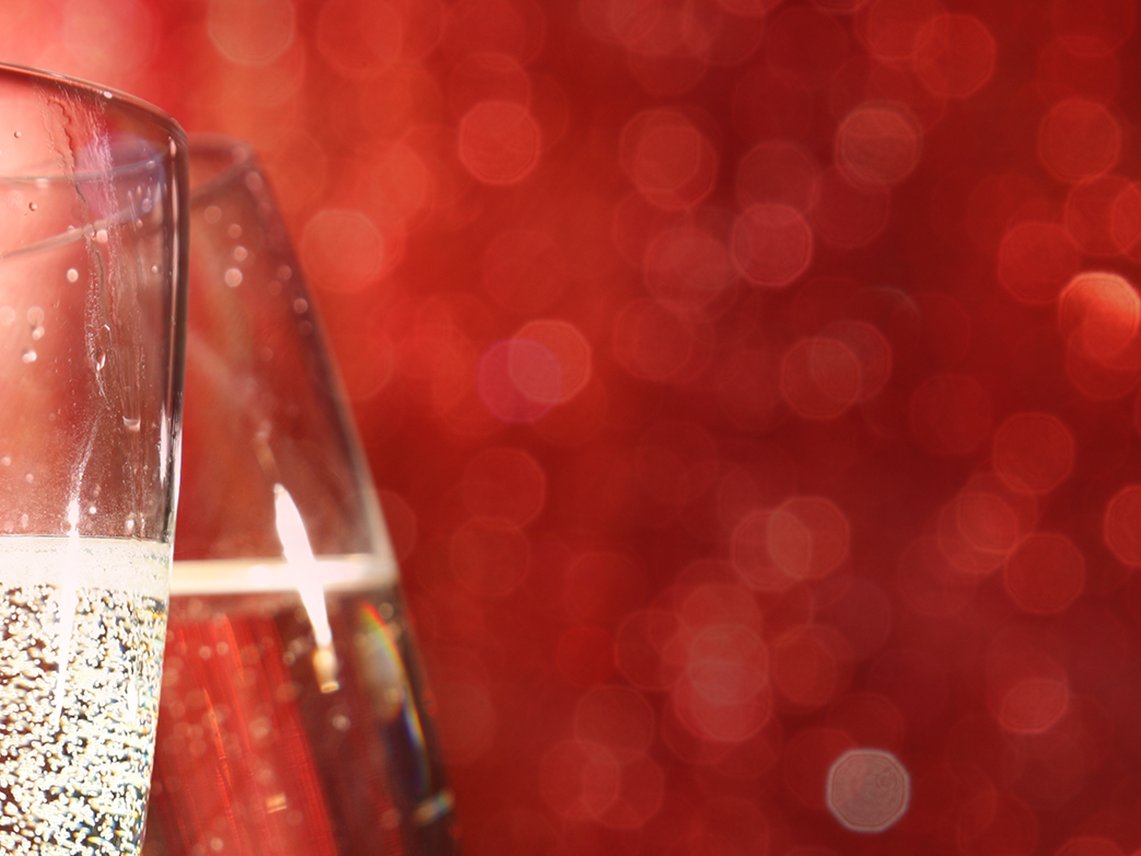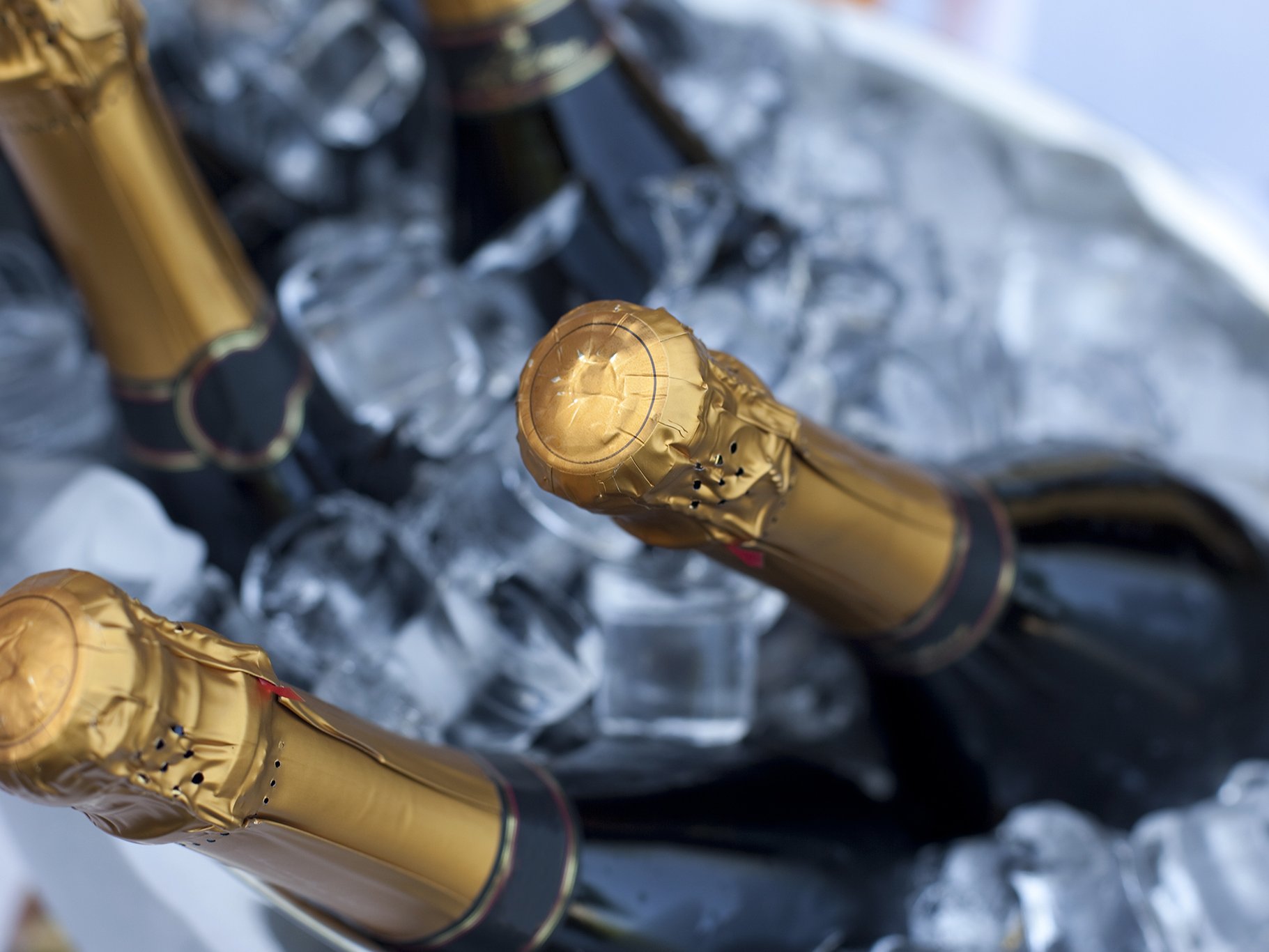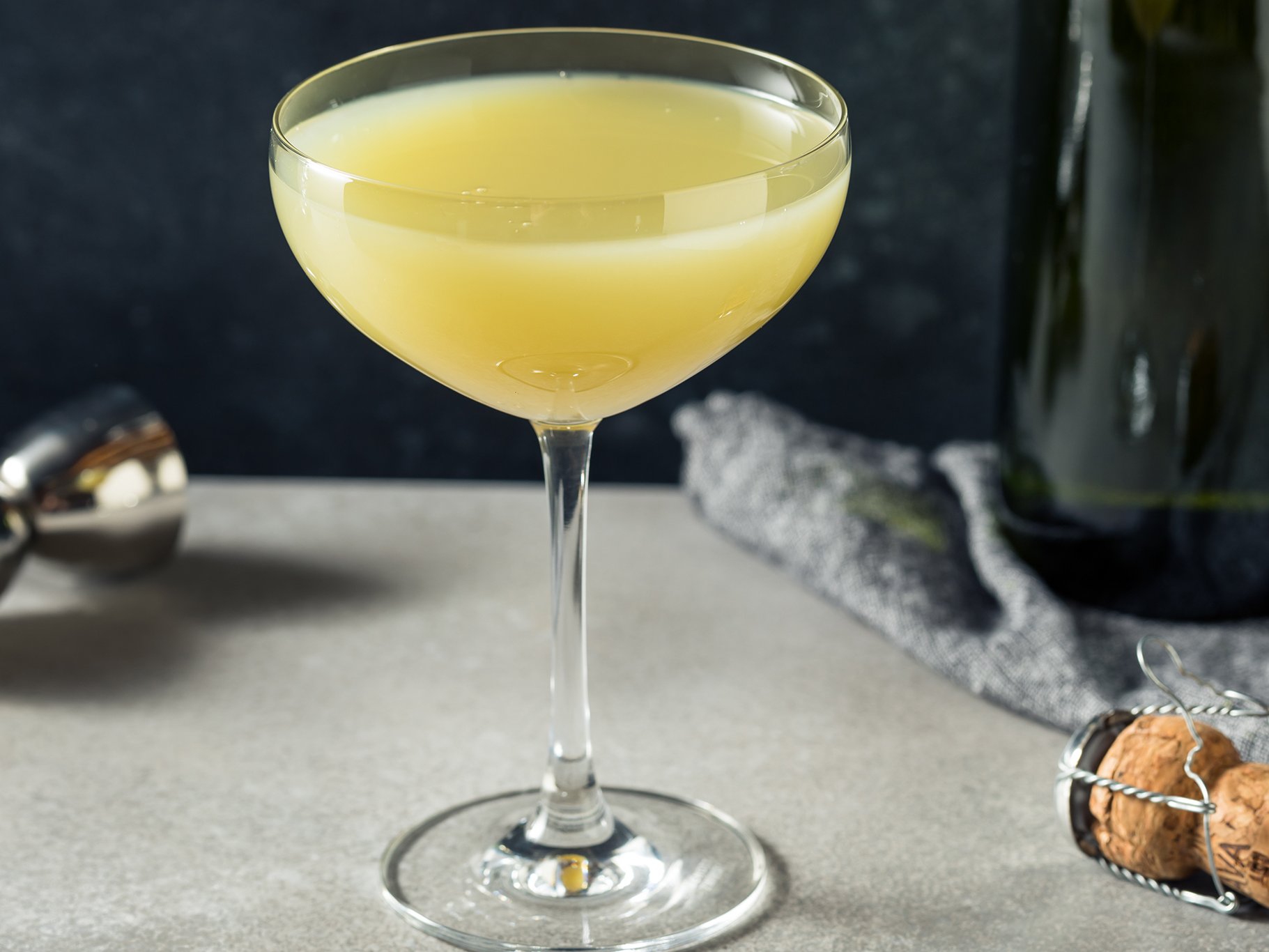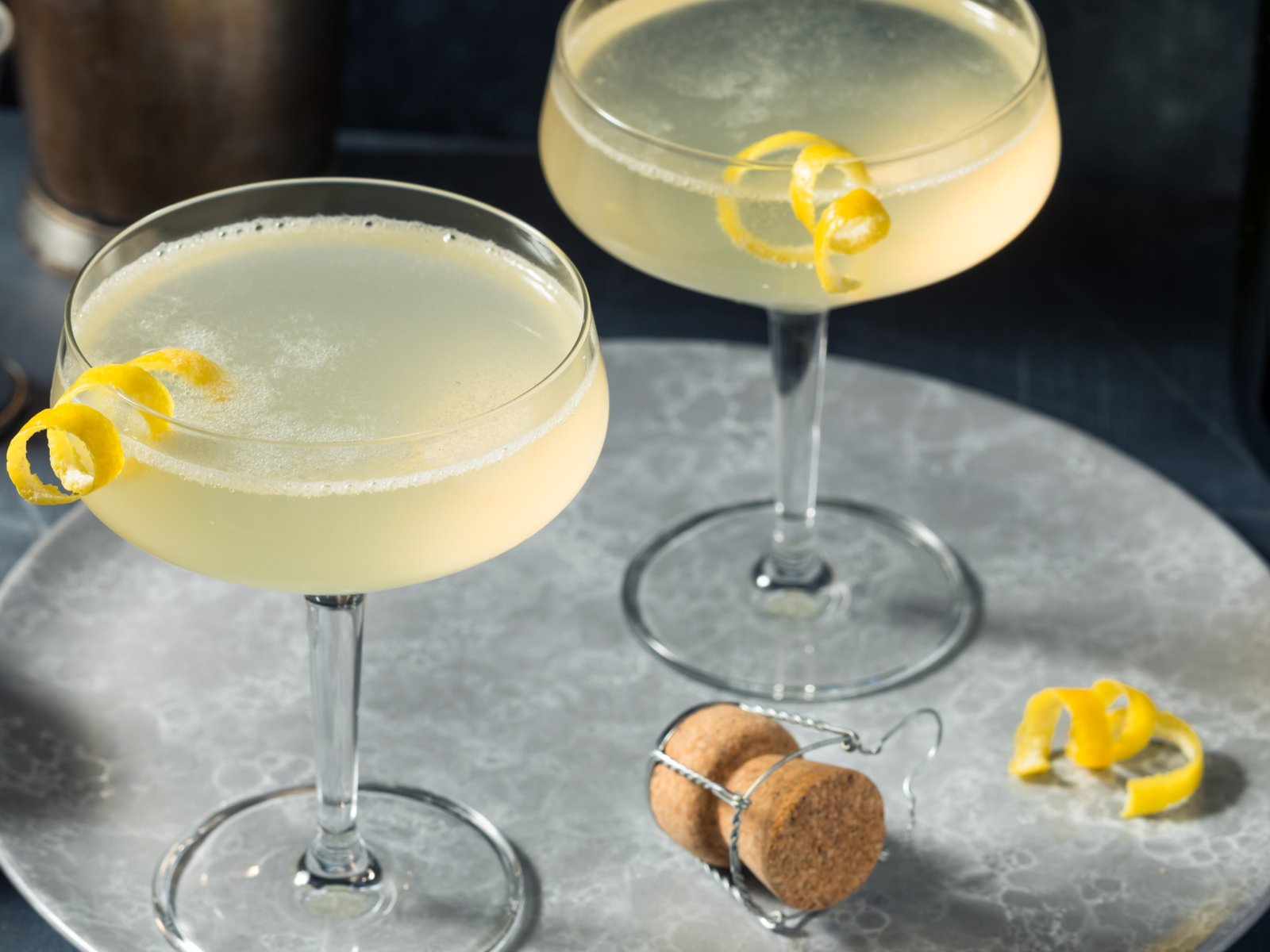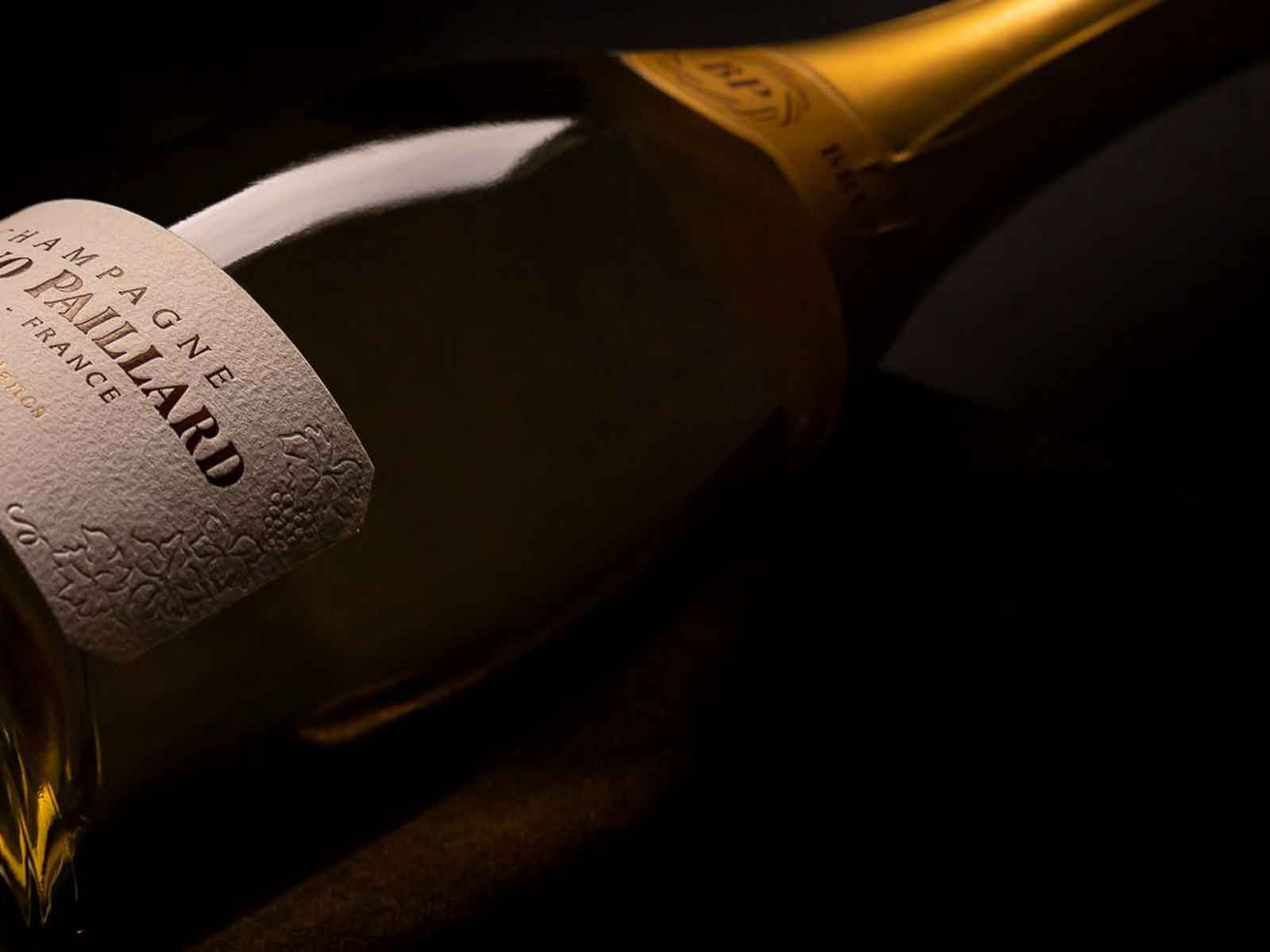Pairing Champagne with Food - Science Proves the Match
Professor Barry Smith of the Centre for the Study of the Senses at the Institute of Philosophy at the University of London explains the science behind Champagne and why it is much more than an aperitif: it is made to go with food.
Professor Barry Smith is that rare thing: an academic, philosopher and scientist who not only loves but studies wine in an interdisciplinary fashion. The Comité Champagne asked him to shedsome light on the food pairing possibilities of Champagne. All too often Champagne is still thought of as a mere celebratory drink or aperitif – when in fact it is a fully-fledged wine with great gastronomic possibility and scope.
Being an expert in the multi-sensory interactions between flavour, taste and smell, as well as a devotee of fine fizz, Smith is well-placed to opine.
The central question
To begin with, Smith asks the key question: “What is responsible for the success, the popularity and indeed the continuation of classic Champagne pairings?” He refers to oysters and Champagne and other famous pairings like raw and cooked seafood and classic French dishes. “Is it just a matter of culture, is it tradition, or is it the fact that pairings like that were celebrated, repeated and passed on? If it is a matter of culture then it will not be a universal tradition – but I think that is not the story here. We have to look for other explanations. Is it chemistry? Is it to do with the molecules and the flavour compounds?”
Smith also asks if there could be another explanation “which is not local or specific to a culture but is much more universal; about the way our senses interact with each other. The ways in which we have cross-modal correspondences between the way things look, taste, smell and feel, the way we sometimes have a matching or a congruence between temperatures or textures of things. I am usually tempted by these explanations but not on this occasion,” he says.
Complexity that is not just a construct
And here he delves into his subject, noting how complicated and complex flavour perception is. Why? Because it is multi-sensory. “We know it is always taste, touch, smell, temperature and the influence of the trigeminal nerve – all these senses are at work and they are bringing their inputs together to give us a single, unified flavour experience in the brain. This often tempts my colleagues in neuroscience to say that flavour is just a construct of the brain. When they say that, I completely disagree.”
Easy theories are rebuked
Smith is far more interested in how our experience of tasting is shaped by the flavours in the food and the wine. But he is quick to rebuke the theory that all this is down to flavour chemistry – despite the fact that it manifestly exists and the nose and brain can decipher a myriad of flavours. Numerous compounds we can discern by smell have been identified and the interaction between them and how this interaction changes their perception has been studied.
“Maybe wine chemistry is not the way to go,” Smith notes. But neither is an idea referred to as ‘flavour network’ popularised in 2013: this posited that when certain foods share certain flavour compounds they go well together – like the incongruous combination of white chocolate and caviar. Another myth debunked.
Umami is the key
Smith then moves on from aroma chemistry to taste chemistry – effectively moving from nose to mouth and the tastebuds on our tongue which can discern five tastes: sweet, sour, salty, bitter and umami. It is umami he focuses on– that fifth taste so rich and savoury that we crave it. Umami is in mother’s milk and Smith says that due to these tastes denoting both protein and calorific value, “we are innately tuned to prefer sweetness and umami.”
One and one equals eight
Smith points out that there are two kinds of umami: glutamic acid and ribonucleotides – and it is when foods have a combination of both that the magic happens. “That is tremendously important because the real flavour experience, the enormous pleasure and hit of depth of flavour, comes from something that we call ‘synergistic umami.’
This is where we combine these two types of umami. When we combine glutamates with ribonucleotides, we get this explosion. It is often said in food chemistry business that synergistic umami is like one plus one equalling eight. You get much greater intensity.”
Synergistic umami
Synergistic umami, Smith says, “even though we didn’t know about it, has governed some of our most favourite food pairings for centuries. It is responsible for the deliciousness of ham and cheese, for tomato and anchovy on the base of a pizza, for bacon and eggs, for scallops and pea purée – all these are classic examples of synergistic umami. That is why we have always liked them.”
The lightbulb moment
Smith then refers to his colleague Ole Mouritsen, a gastro-physicist at the University of Copenhagen, fellow expert on umami and in fact the man behind some of Noma restaurant’s exceptional flavour combinations. Mouritsen is the person who discovered the umami-richness of lees-aged sake – and this is what prompted Smith to make the connection to Champagne: “Many of us will know that Champagne goes extremely well with Parmesan: these combinations of Champagne with umami-rich foods have always worked spectacularly well,” Smith notes.
Free amino acids
Smith explains that during Champagne’s autolysis – the slow decay of dead yeast cells inside bottles of Champagne after the second fermentation – gives off free amino acids. “We now know that these free amino acids, a huge percentage of them, just like mother’s milk, is glutamic acid.” Mouritsen proved this by testing various Champagnes via ultra-high performance liquid chromatography. Mouritsen published his findings in the paper Umami Synergy as the Scientific Principle Behind Taste-Pairing Champagne and Oysters[1].
Boosting taste
Mouritsen’s study used both European and Pacific oysters – both containing ribonucleotides with the European oysters registering much higher amounts.
“What is happening when we combine Champagne with some of these foods rich in both glutamates and nucleotides?” Smith asks. "Foods high in acid and sweetness – they both disappear relatively quickly but one of the more lingering tastes on the tongue is umami. It has a very long persistence,” Smith emphasises, even after you have already swallowed the food. Sipping Champagne with its own umami richness then “boosts the awareness of glutamate in the Champagne – that is when you get the lovely richness and depth of flavour,” Smith says.
Smith notes that umami in Champagne may well be below the perception threshold but combining it with umami-rich foods “you suddenly raise the level of glutmates way above the threshold. That’s what’s happening when you get synergistic umami.”
Endless opportunity
“This opens lots of opportunity because there are lots of foods out there with nucleotides and glutamates in them – think of sushi-grade tuna or even cooked tuna, or scallops, obviously oysters. But Smith – ever the bon vivant – is quick to point out that the Champagne flavour explosion could just as well happen over brunch: with eggs Benedict served with ham, for instance. But he also cites pissaladière – an onion tart with anchovy, chicken in morel sauce and even beef and salmon.
“So you are beginning to see what is possible,” Smith says and then points out that not just carnivores and pescatarians can benefit but also vegetarians and vegans: dried shiitake and porcini mushrooms also score very highly in these taste stakes.
Combinations like beef carpaccio with parmesan are matches made in heaven for Champagne – but also anything with cooked or sundried tomato, cooked seafood platters with mayonnaise, grilled radicchio and anchovy, aged cheeses and any other high umami foods.
Does it work only with Champagne?
But is it only Champagne that makes the magic happen? The scientific findings point to the fact that it is autolysis during long lees ageing and the presence of lees-aged reserve wines in non-vintage traditional method sparkling wines that make the greatest difference – so other long-aged traditional sparkling wines should work well, too. Happy pairing!
[1] Published in Nature on 18 November 2020 – co -authors were Charlotte Vinther Schmidt, Karsten Olsen and Ole G. Mouritsen

